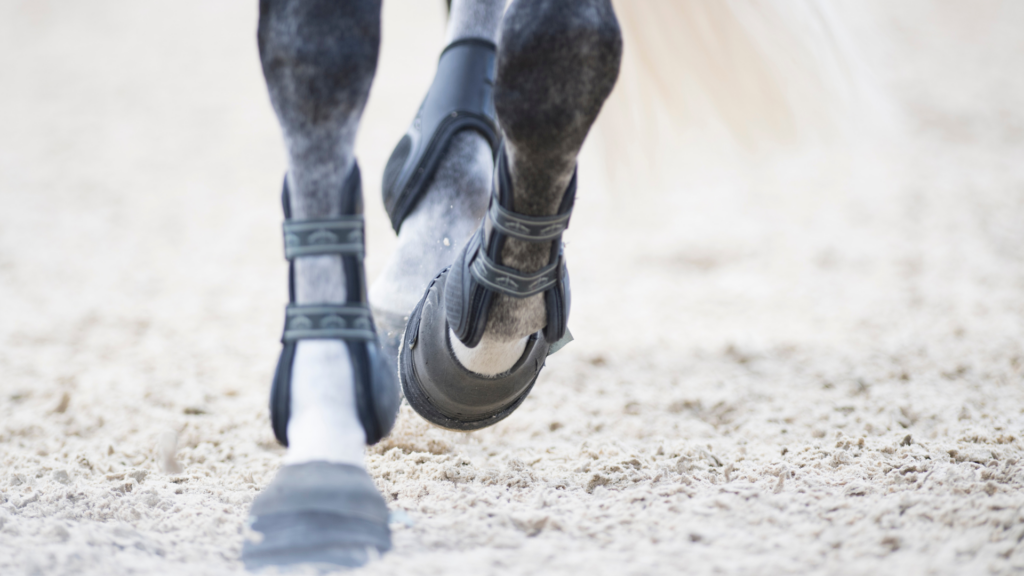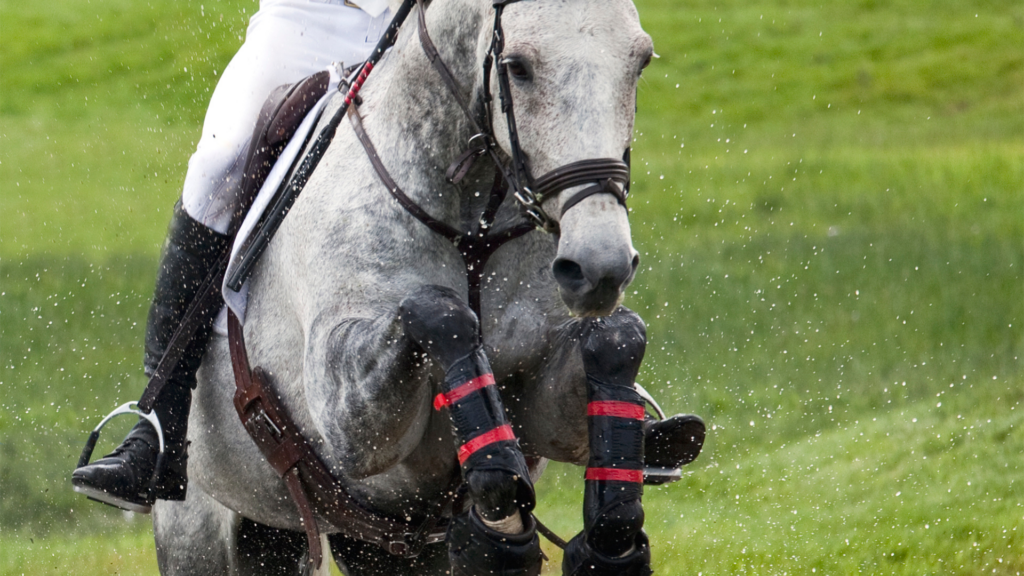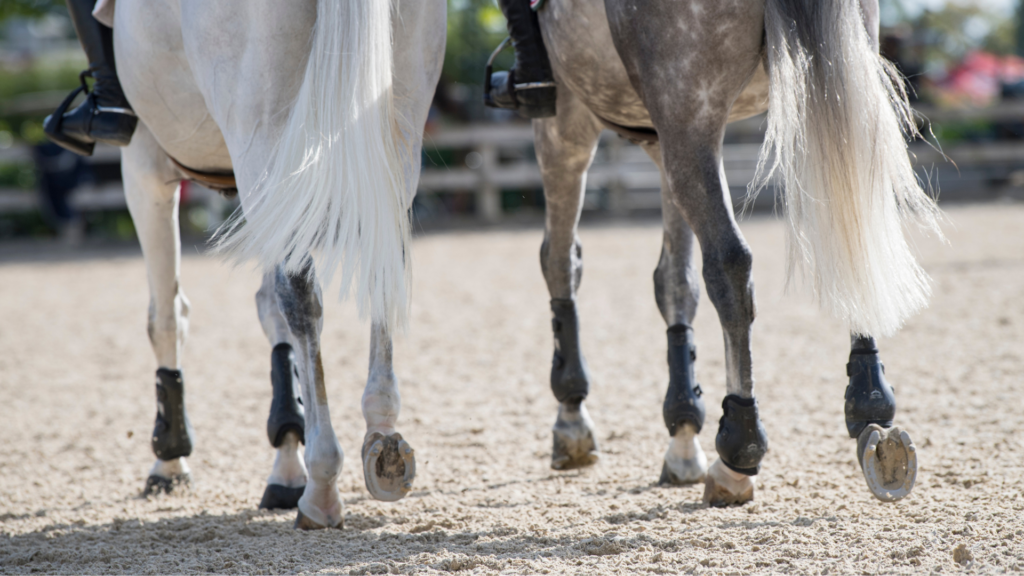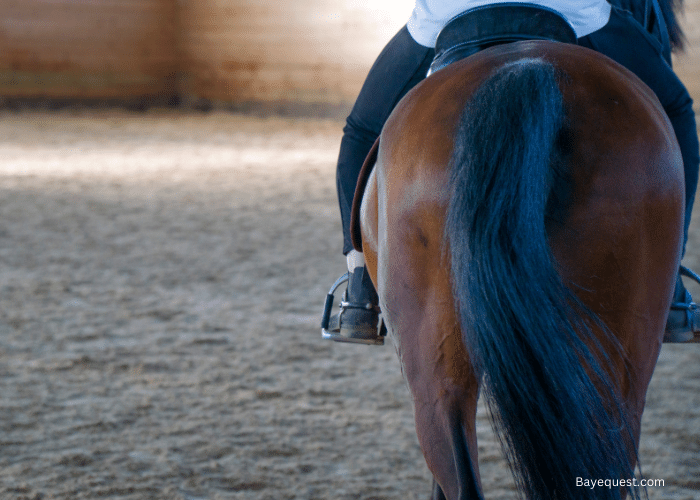Often lauded as the safeguard for a horse’s lower legs, sport boots—or splint boots, as they are also known—have their fans and critics. Before you strap them onto your horse’s legs, let’s dig deeper into this controversial accessory and its impact on equine health.
The Anatomy of Necessity
When it comes to common injury sites in horses, the lower legs win—unfortunately. With minimal muscle and soft tissue, this area is prone to both acute injuries like bumps from fences and chronic ones from repetitive movements. Sounds like a strong case for wrapping them up in sport boots, right?
Well, the matter isn’t that straightforward. Contrary to popular belief, there’s no concrete evidence that sport boots offer genuine support to the horse’s legs. Moreover, if applied too tightly, these boots can restrict blood flow, create pressure points, and even redistribute strain, increasing the risk of injury rather than mitigating it.

Weight, Wetness, and Heat
Let’s dissect three less-discussed problems that accompany the use of sport boots:
- Weight: Adding even a small amount of weight to a horse’s leg, which already has limited muscle support, can shift the dynamics of its gait.
- Wetness: If these boots get soaked, their weight doubles. Plus, moisture can pave the way for abrasions and infections.
- Heat: Perhaps most concerning is the heat generated by the boots, which can reach levels lethal to tendon cells.
These issues amplify if sport boots are worn during strenuous activities or in hot climates.
Not Just Function, but Fashion?
Many equestrians use sport boots more as a fashion statement than for functional purposes. But should style overshadow safety? Recent research highlights that sport boots can, in some instances, adversely affect tendons and ligaments.

The Pros and (Serious) Cons
Still, it’s not all bad news. Some studies indicate that sport boots can improve proprioception—the horse’s awareness of leg positioning—which aids in better coordination. They also offer some protection against self-inflicted trauma due to overreaching or conformational issues, as well as from external factors like rocks or jump rails.
However, the negatives can’t be ignored. Apart from potential skin trauma that may escalate into conditions like cellulitis, the heat generated by sport boots—particularly those with fleece linings—poses a serious risk to tendons and ligaments. Some veterinarians argue that boots should only be used in cases of a high risk of external trauma, such as jumping events. Otherwise, it’s best to go without them.
If you do decide that sport boots are a necessary evil, opt for boots made of mesh instead of fleece, especially on hot days. Also, remember to cool down your horse’s legs with a hose or ice packs post-use, and avoid keeping the boots on for extended periods while waiting for your next event.









